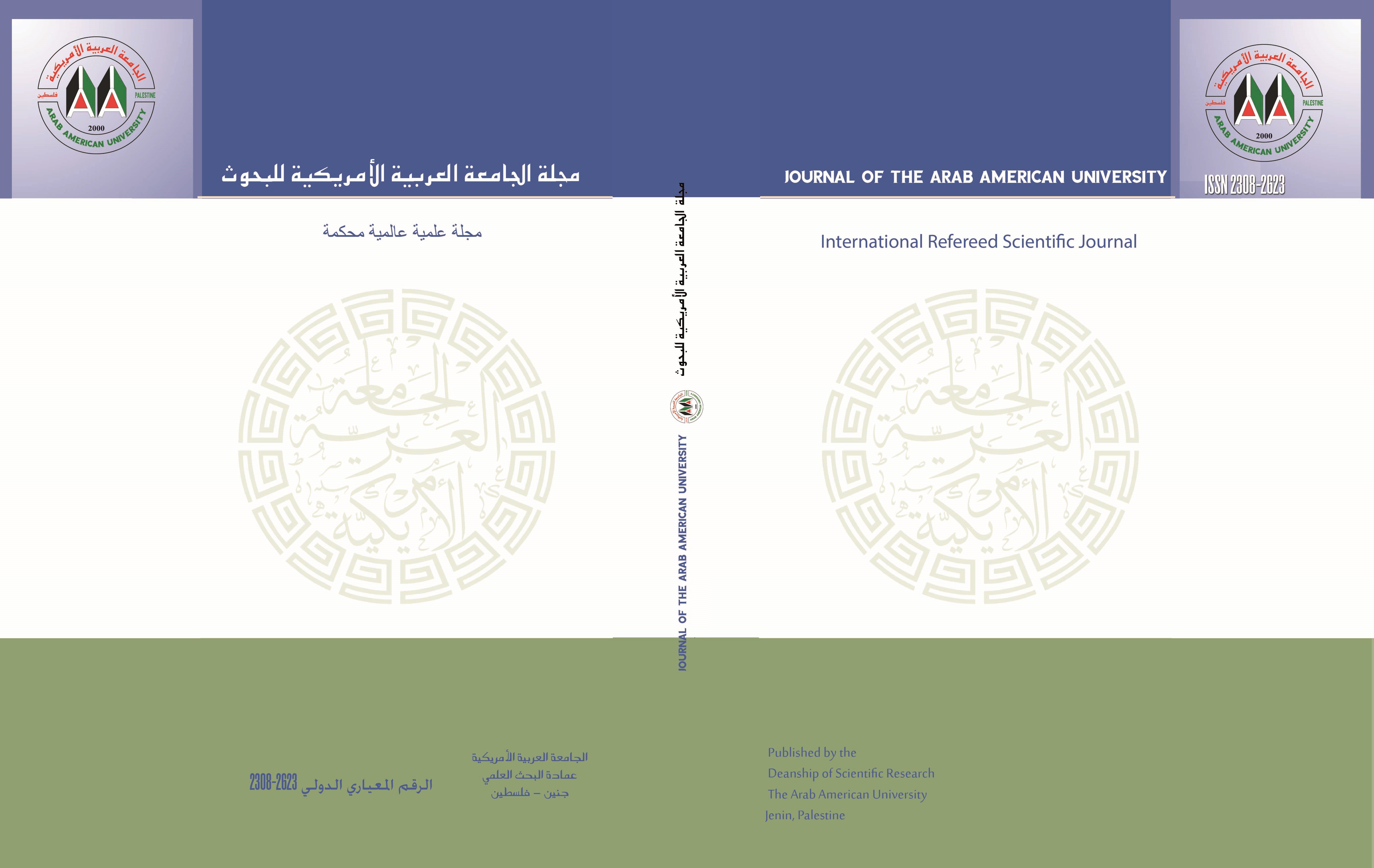Journal of the Arab American University مجلة الجامعة العربية الامريكية للبحوث

Abstract
Infection of hepatitis B virus (HBV) is the most common type of viral diseases worldwide; Hepatitis B surface antigen (HBsAg) is the principal target for laboratory tests to diagnose the HBV infection. Therefore, rapid tests for its diagnosis are less costly, and easy to perform and develop recently.
This study aimed to evaluate the reliability of lateral flow immunoassays (LFA) and electrochemiluminescent (ECL) technique for the detection of HBsAg in Hadhramout/Yemen.
A total of 85 serum samples were tested for HBsAg by ECL technique (cobas e 411) and three rapid LFA cassettes (INTEC, ACRO and HEALGEN). Sensitivity and specificity of the tests were calculated using ECL technology as gold standard.
35 sera were found HBsAg positive and 50 sera were HBsAg negative. However, 34 sera were positive, while 51 sera were negative for HBsAg when tested by LFA. The specificity was 100% for LFA according to the results obtained by ECL technology. On the other hand, the three commercially available LFA kits differ in their results; 32 were positive and 53 were negative by INTEC rapid cassette test, while 33 were positive and 52 were negative by ACRO rapid cassette test, and 34 were positive and 51 were negative by HEALGEN rapid cassette test. The specificity was 100% for all the three rapid LFA kits, but the sensitivity was 92.1%, 94.5% and 97.2% for INTIC rapid cassette test, ACRO rapid cassette, and HEALGEN rapid cassette respectively.
In conclusion, the ECL technique was more sensitive and reliable than LFA, and the test cassette kits of LFA have limited efficiency than methods like ECL and ELISA for detection of HBsAg.
Recommended Citation
Hameed, Eidha
(2019)
"Evaluation of the lateral flow immunoassays and electrochemiluminescent technique for detection of Hepatitis B,"
Journal of the Arab American University مجلة الجامعة العربية الامريكية للبحوث: Vol. 5:
Iss.
1, Article 1.
Available at:
https://digitalcommons.aaru.edu.jo/aaup/vol5/iss1/1

